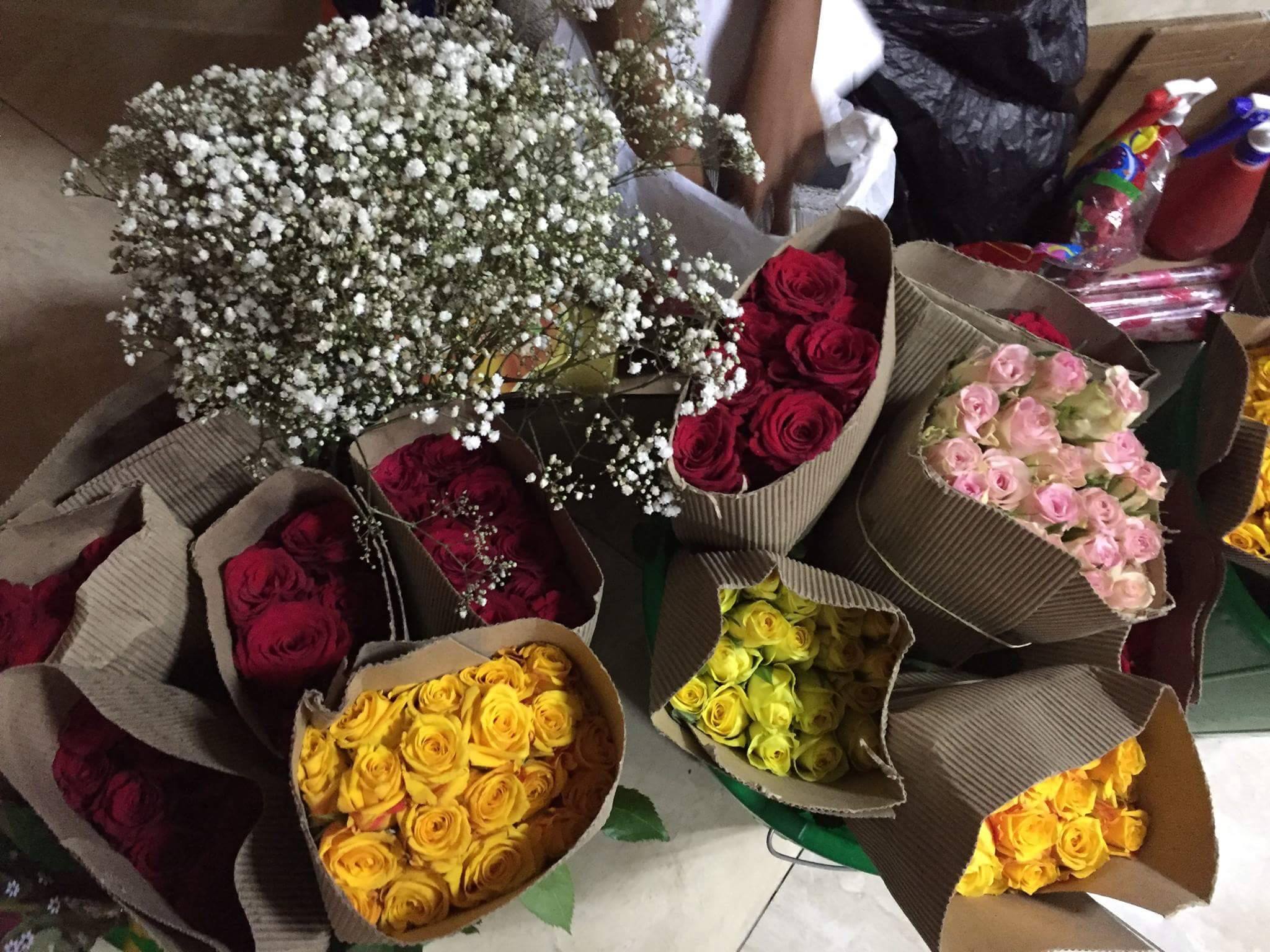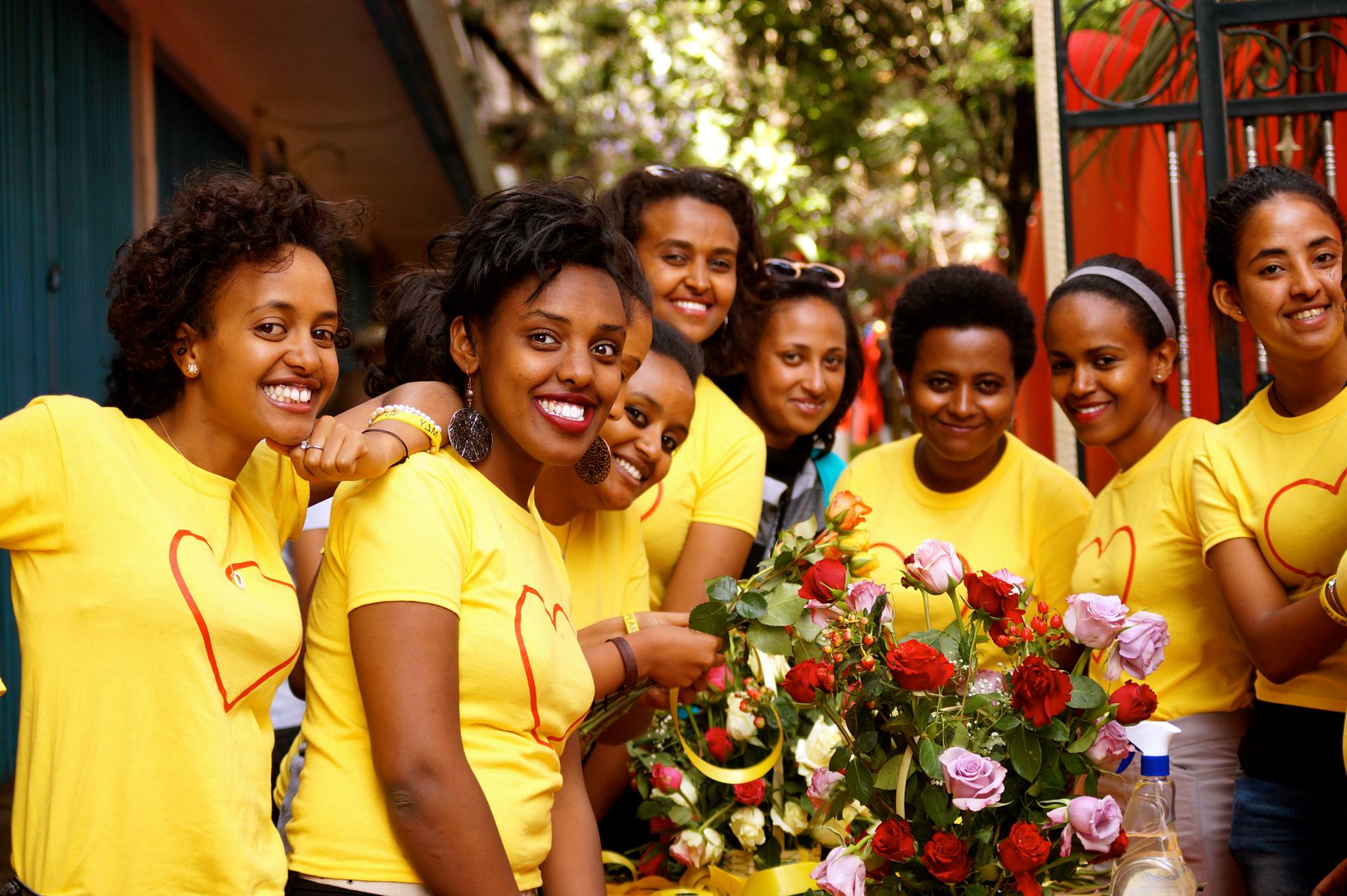It kicked off with two horrific incidents.
In the first, a woman survived an incident where both her eyes were gouged out. The perpetrator was her husband.
In the second, a young woman got sexually harassed on her campus. The perpetrator was a teacher.
Both incidents caused a stir at Addis Ababa University in Ethiopia and in the media but, following national shock and outrage, nothing happened.
‘Much fewer people continued to follow the trial and push for advocacy.’
‘The response was overwhelming and for a moment it seemed like something great was about to happen. But it didn’t. Like all public uproars about horrific incidents, this one also slowly disappeared and much fewer people continued to follow the trial and push for advocacy,’ said Blen Sahilu, a law professor at the university.
‘That was when I realised, to make any difference on this matter, we needed a long-term, consistent advocacy and not big, one-time events.’
And so, in 2011, Blen and about seven of her students started the Yellow Movement as a way of shining a spotlight on Gender-Based Violence (GBV) on campus all year round.
‘Our first task was updating the university community about the case and addressing questions related to it. We prepared flyers with facts about GBV and the problematic way we handle violence against women. Then came the inevitable discussions on masculinity, femininity, the nature of debate, crime and effectiveness of punishment… and on and on.’
The number of volunteers grew as the weeks went by and they began wearing yellow t-shirts and scarves to make themselves easily identifiable.
‘People started calling us the yellow movement/the yellow people. We liked it, so we took the name. We chose the colour yellow, the colour of a rising sun, to represent our hopes for a better tomorrow.’
But the work did not stop there.
‘I was using Valentine’s Day to get people to pay attention to girls in a different way.’
Blen had organised fundraisers around Valentine’s Day while still in high school, so she decided to do something similar to help raise money for the Yellow Movement.
‘I personally do not care much for Valentine’s Day or any holiday for that matter (but I promise I am fun person). So this was just an excuse to get people spending money for our cause.’
Every Valentine’s Day, Blen and her students get farmers as well as individuals and businesses to donate flowers which are then sold to make money. This is then used to help young disadvantaged women at the university get necessities like sanitary pads.
‘We got roses for free and sold them. We didn’t expect to get as much as we did. That’s when it hit me. I was using Valentine’s Day to get people to pay attention to girls in a different way and to invest in their education. No one could say no to that. And the roses became our way of saying thank you for their donation.’
The Yellow Movement raises the funds and hands it over to the Gender Office of the university.
In 2014, they raised 4,000 birr, then 42,000 birr in 2015 and last year they raised 107,000 ETB.
The Yellow Movement raises the funds and hands it over to the Gender Office of the university to administer.
‘We are involved in the registration of the students in need but the selection process is conducted by the Gender Office based on criteria that the university uses for other kinds of financial support. We try to raise more money each year so that no student in need is turned away but, whenever necessary, they try to prioritise.’
As Valentine’s Day draws closer, Blen says that they have decided to partner with Global Shapers Addis Hub because they have a network outside the campus and will be starting an Indiegogo page to help crowd-fund money for a Yellow Movement Scholarship Fund that they hope to start soon.
Check them out on Facebook.




